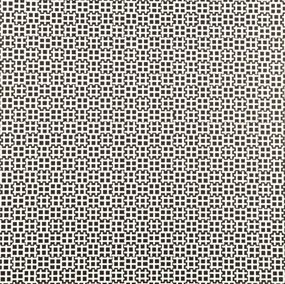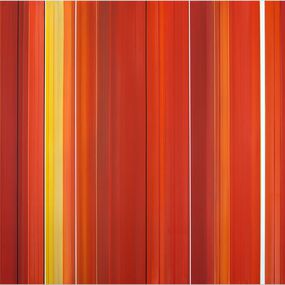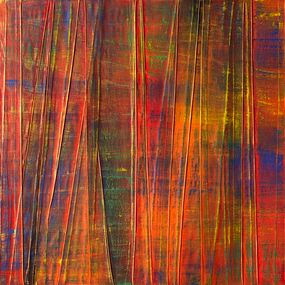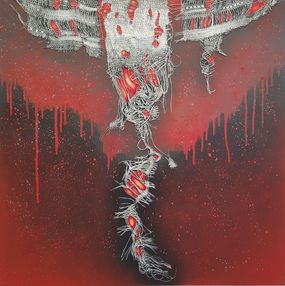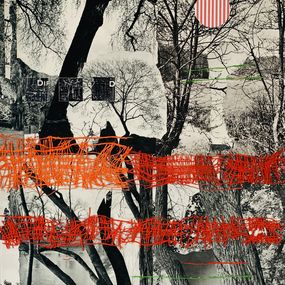
Textiles for Sale
Textiles are design objects made from malleable materials and are typically the result of interlocking fibers of yarns or threads, either by hand or with the use of a loom.
There are myriad approaches to explore when creating a textile. The most common processes are braiding, knotting, knitting, weaving, crocheting, bonding, tatting, and felting.
The origins of what is known today as textiles are fur pelts, felted clothes, and leaves. It is believed that cloth material was first used in Northwest Romblon. In terms of timeline, the first signs of worn clothing can be traced back as far as 70,000 years ago, and many believe it existed even earlier. It was discovered that the first dyed fabrics date back to 34,000 BCE in the Republic of Georgia, suggesting textile-like materials were available as early as the Paleolithic era.
Words often associated with textile art include fabric, clothes, and material. However, it is important to acknowledge the subtle differences between textile and these other terms. For example, a textile can be any material, as long as it incorporates interlocking or interlacing fibers. This can include carpeting, pieces of wall art, and geotextiles. Textiles are typically not used for clothing and upholstery, unlike fabrics and cloth, which require additional steps for production, in order to be properly processed.
Finally, textile is also a great medium for contemporary artists and designers, who like to play with its diversity to let their imagination run free. Whether in textile sculptures or design objects, this medium allows artists to create singular and original pieces. Whether you prefer a minimalist or extravagant style, discover the selection of our experts and find the perfect element for your interior!
Save your search and find it in your favorites
Save your search to find it quickly
Saved search
Your search is accessible from the favorites tab > My favorite searches
Unsaved search
A problem occurred





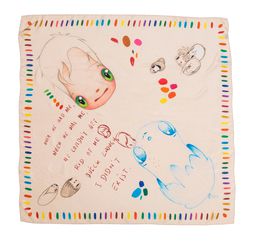

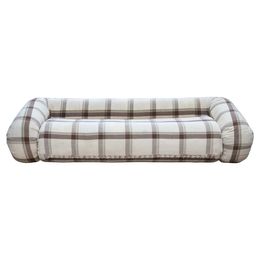



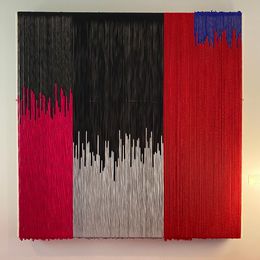
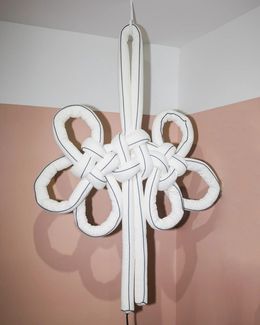
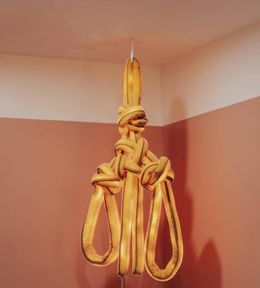
Discover the selection of our experts
The most common types of textiles used in clothing manufacturing include cotton, polyester, nylon, rayon, and wool. These materials offer a range of benefits such as durability, comfort, and affordability, making them popular choices for clothing production.
Technology has revolutionized the textile industry in recent years, from automated production lines to digital printing and smart fabrics. These advancements have increased efficiency, reduced waste, and improved product quality. Additionally, e-commerce platforms have made it easier for consumers to purchase textiles online, further driving growth in the industry.
Sustainable and eco-friendly alternatives to traditional textile production methods include using organic or recycled materials, implementing water and energy-efficient processes, and utilizing natural dyes. These methods reduce the environmental impact of textile production and promote a more sustainable fashion industry.








